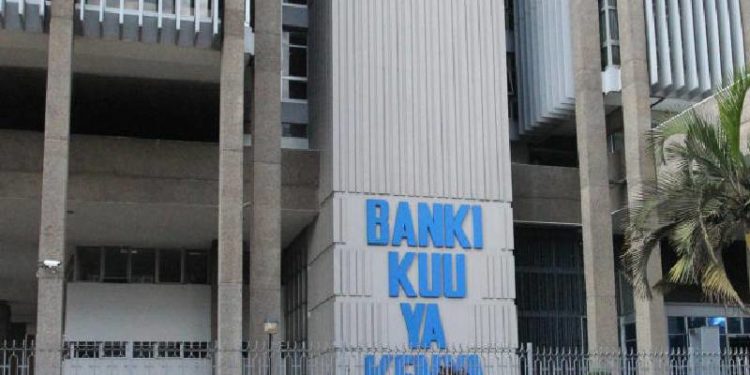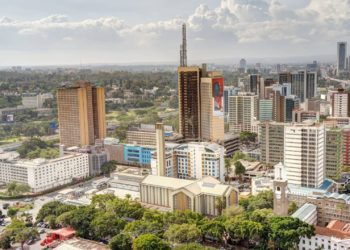The high interbank rate is likely to fuel the rise in the cost of loans in the wake of an increase in base lending rate by the Central Bank of Kenya.
The weekly report by the Central Bank of Kenya shows the interbank rate was at 7.7 percent for the week ending March 31, having gone up 18 per cent in the past four weeks.
On Wednesday last week, CBK raised the benchmark lending rate from 8.75 percent to 9.5 percent to contain the economy’s soaring inflation.
Read: MPC Hikes Interest Rates to 9.5% from 8.75%
The high interbank rate saw the number of interbank deals decreased to 33 from 43 in the previous week, while the average value traded decreased to Kshs 20.6 billion from Kshs 28.1 billion as at 31st March.
While both high interbank rates and base lending are likely to limit the money supply in the market, the two measures are likely to stabilize the market by containing inflationary pressures.
March inflation rate stands at 9.2 percent, according to data from the Kenya National Bureau of Statistics. This is unchanged from February, after rising from 9.0 in December last year and 9.1 in January this year.
Read: Volatile Inflation Likely to Hinder Kenya’s Economic Growth
This implies a clear picture of un-easing inflationary pressures on consumers with a further depreciation of the shilling adding more strain.
On a year-to-date, the shilling has shed by 7.4% of its value, now at 132.5 from 123.4 recorded at the beginning of the year.
The weakening shilling has also been piling pressure on the country’s forex reserves which have further dipped to lows of 3.6 months of imports cover. This is below the statutory threshold of at least four months of import cover.
Central banks globally use the interest rates as either a gas pedal or a brake on the economy when needed. They set the short-term borrowing rate for commercial banks, and the banks pass it along to consumers and businesses.
Email your news TIPS to editor@thesharpdaily.com


















